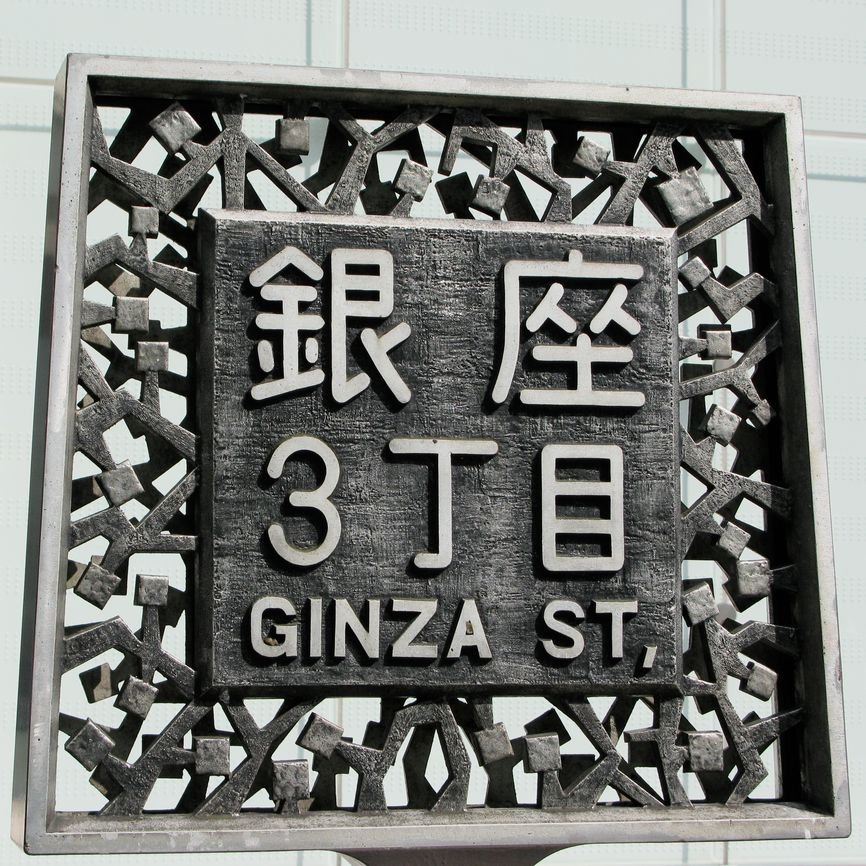
Here’s an explanation of Japan’s often-confusing addressing system from the book Landed Japan.
Prefectures
Japan is divided into 47 prefectures, 43 of which carry the suffix ken. The remainder use different suffixes. Hokkaido is a do, Osaka and Kyoto are fu, while Tokyo is a metropolis (to).
Cities
Prefectures are subdivided into cities (shi) or counties (gun or shicho). Gun and shicho are further divided into towns (machi or cho) and villages (mura or son), which may be split into large sections (oaza), sections (aza) or small sections (koaza).
The 15 largest cities—Chiba, Fukuoka, Hiroshima, Kawasaki, Kitakyushu, Kobe, Kyoto, Nagoya, Osaka, Saitama, Sapporo, Sendai, Shizuoka, Tokyo and Yokohama—are subdivided into wards (ku). Ku are further divided into machi or cho, which are separated into city districts (chome), city blocks (banchi) and building numbers (go).
Writing Japanese addresses
Typical Japanese addresses (in this example, the Minato Ward Office) appear as “1-5-25, Shiba-koen, Minato-ku, Tokyo 105-8511,” where “1” is the chome number; “5” is the city block number; “25” is the building number; “Shiba-koen” is the town; “Minato” is the ward; and “105-8511” is the postal code. Postal codes are preceded by this symbol 〒.
When written in Japanese, addresses begin with the large (prefecture) and end with the small (building number). When written in English, this order is reversed. Major thoroughfares, like Tokyo’s Yasukuni Dori, have names, but most streets do not. In old neighborhoods, building numbers often reflect the order in which the structures were erected. In newer areas, building numbers may be sequential. Kyoto and Sapporo use variations on the addressing scheme outlined above.
Tokyo
Tokyo includes 23 special wards, 26 cities, three towns, a village and the Izu and Ogasawara islands. Located in the Pacific Ocean, the islands have two towns and seven villages. The Tokyo Metropolitan Area, which is also known as the Greater Tokyo Area, comprises Tokyo and Saitama, Kanagawa and Chiba prefectures.
Click here for more articles about property in Japan.
Christopher Dillon is the author of the Landed series of property books. The second edition of Landed Japan is available from Amazon.com.
* * *